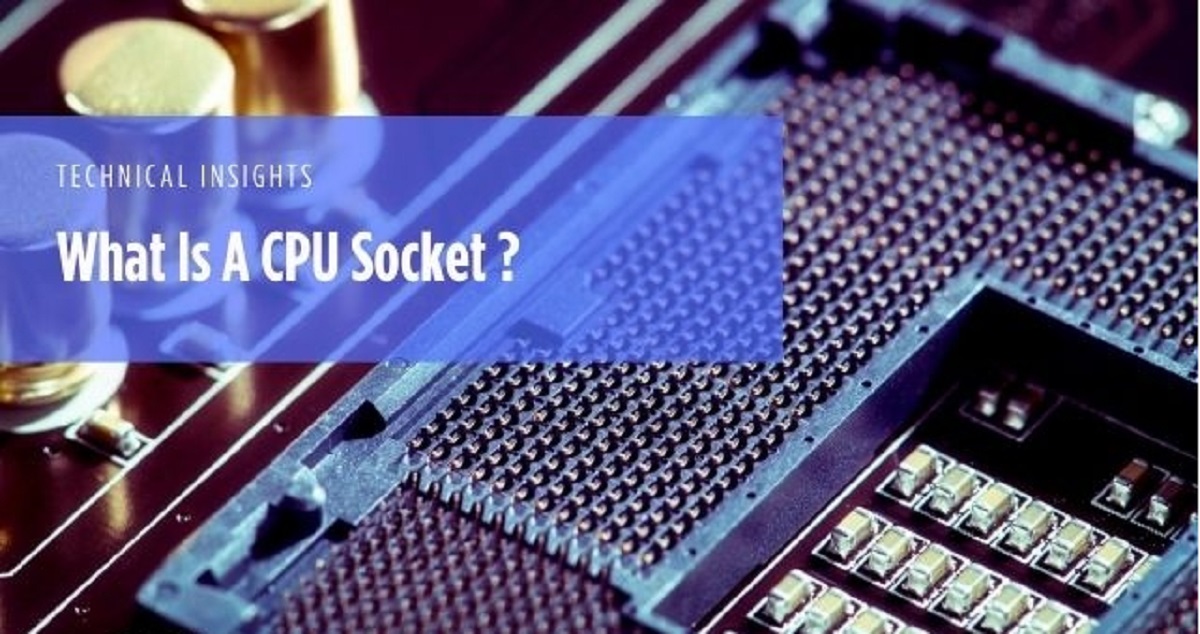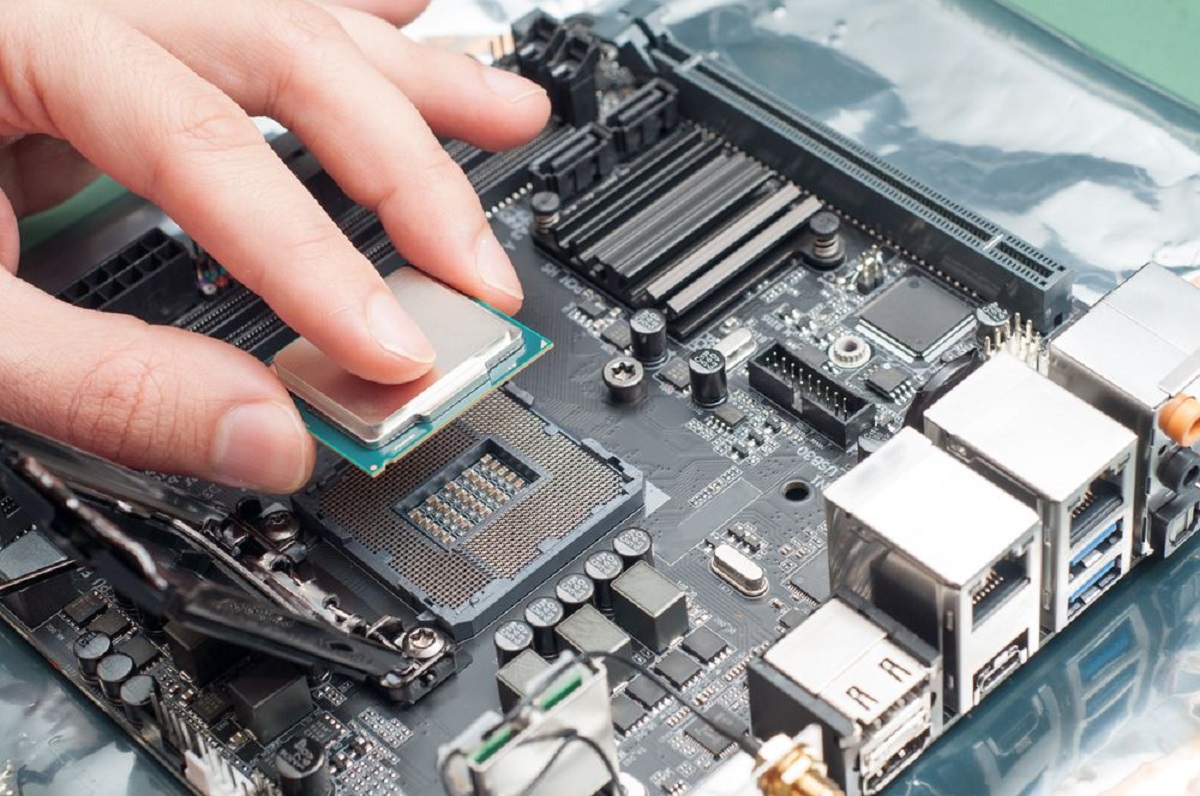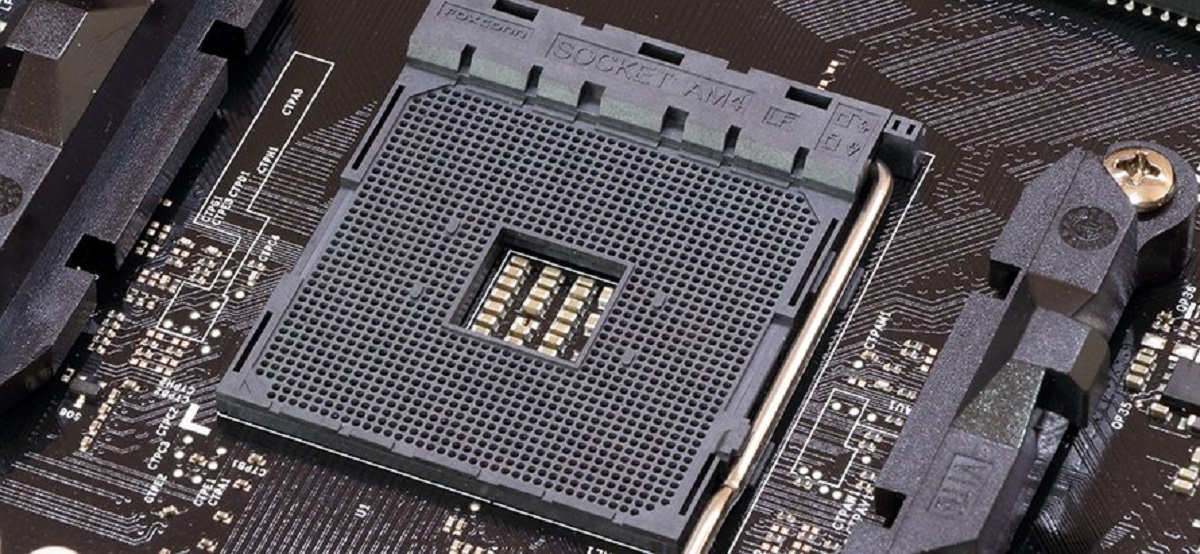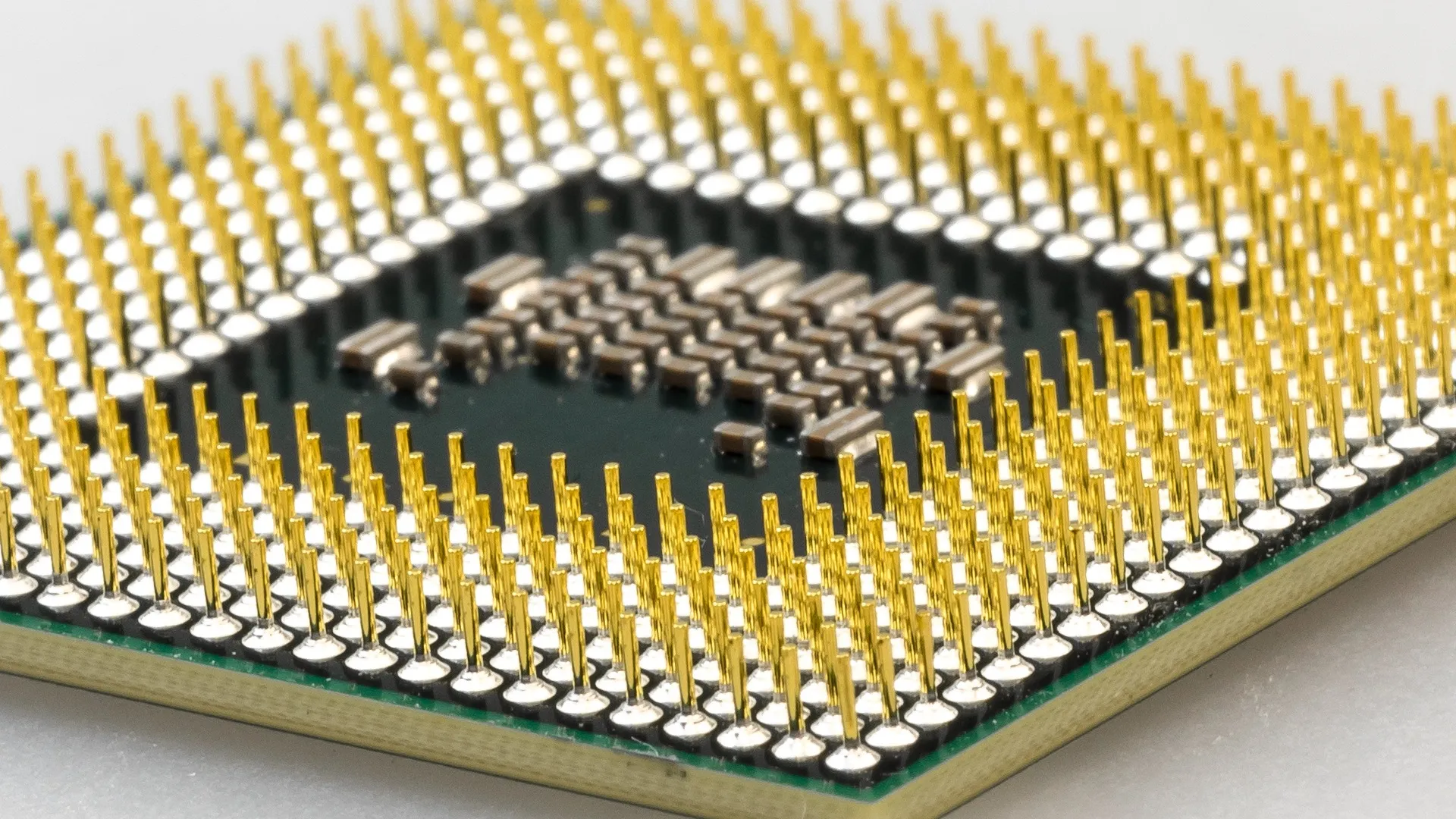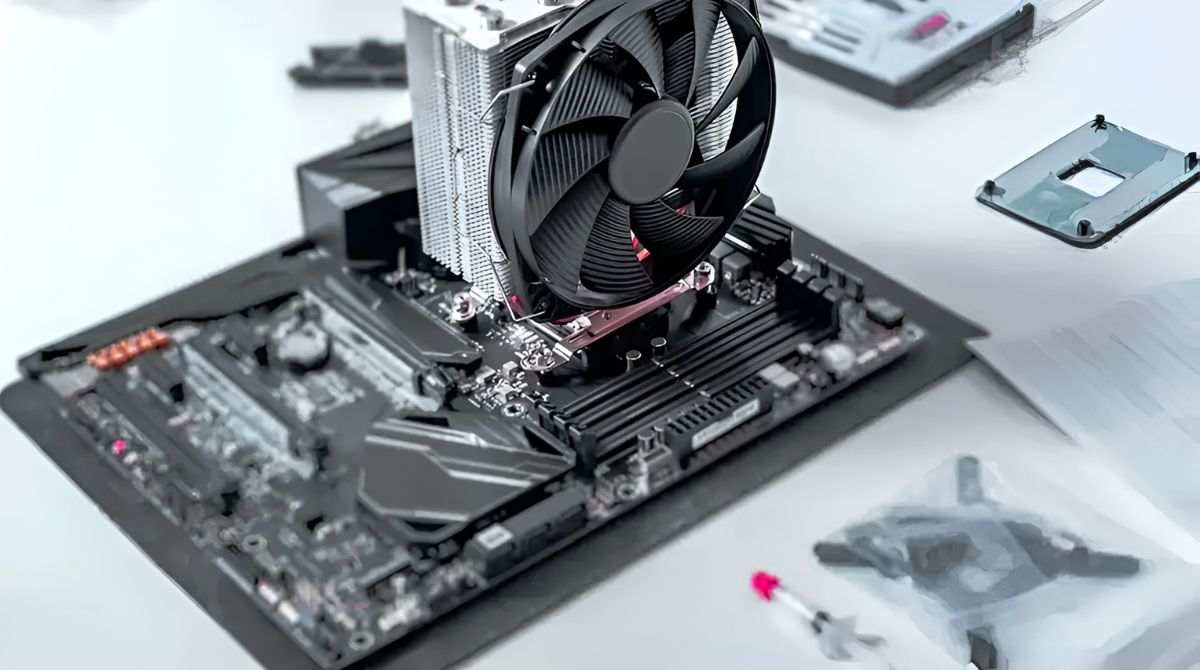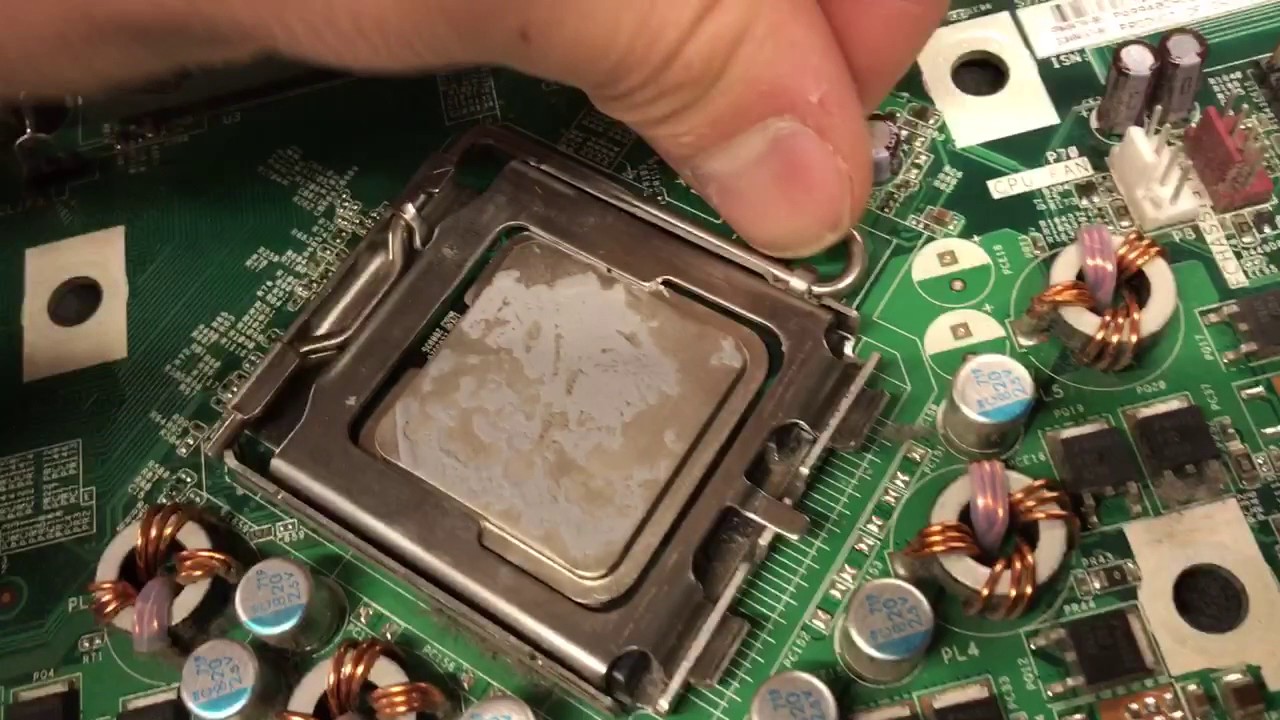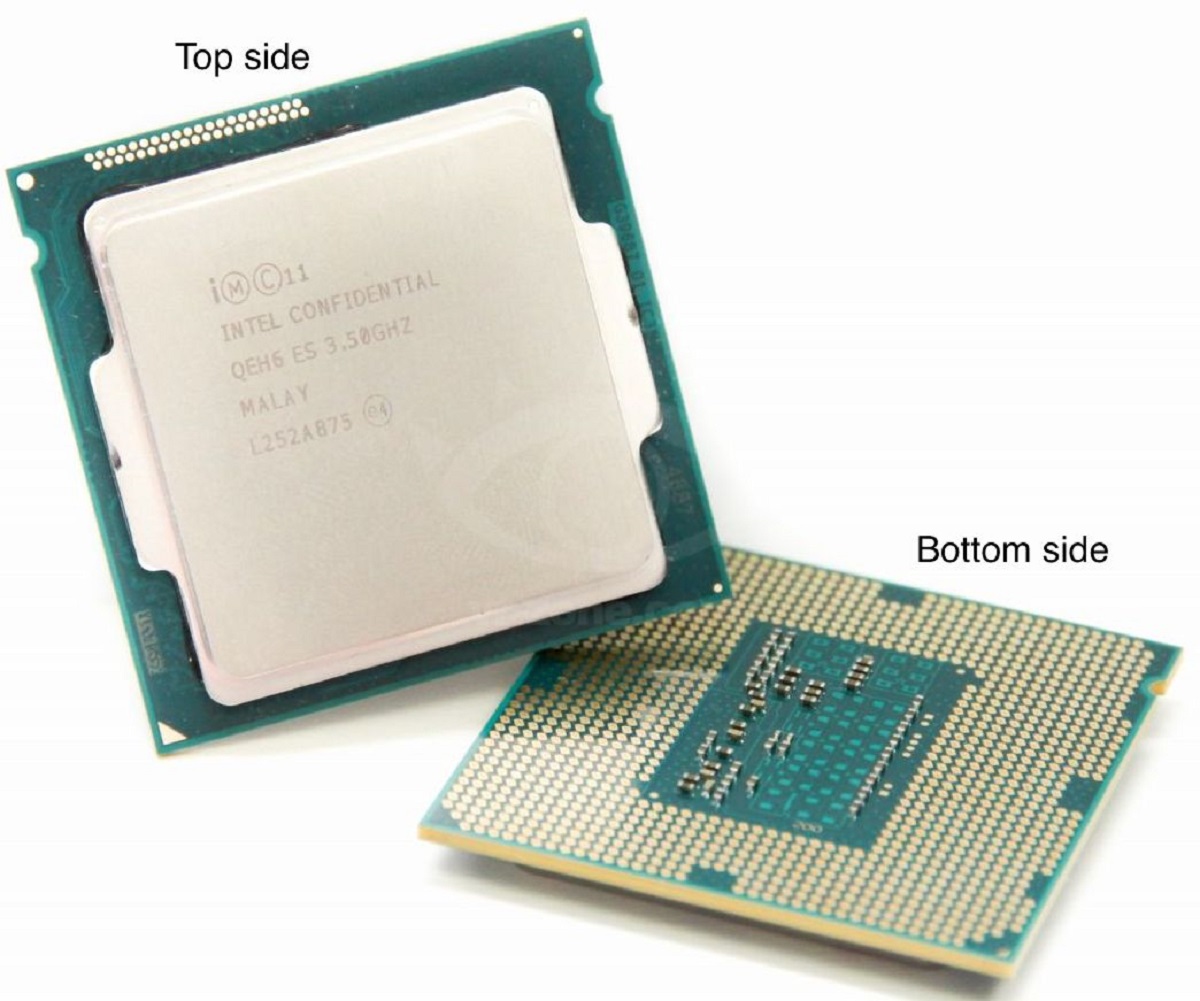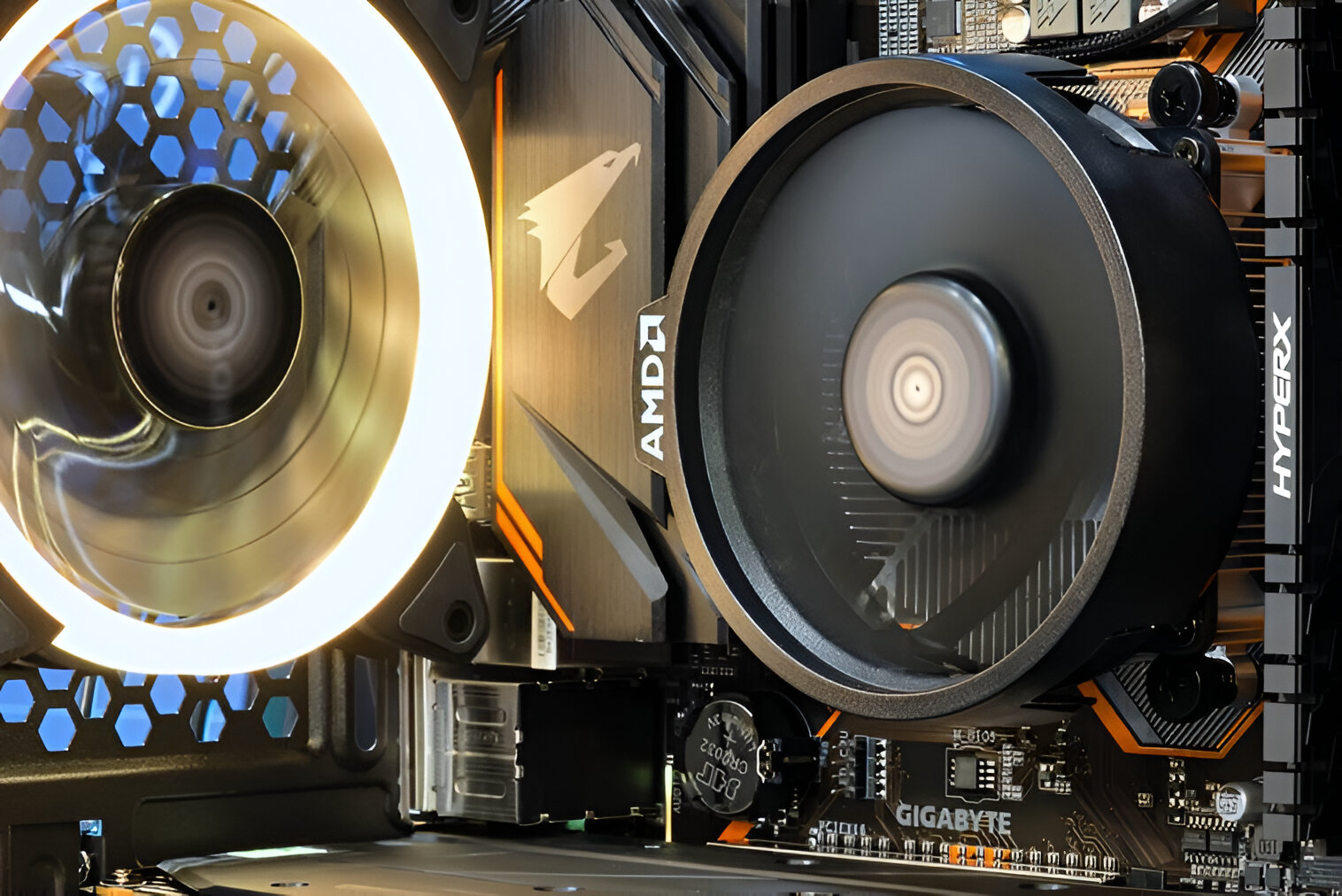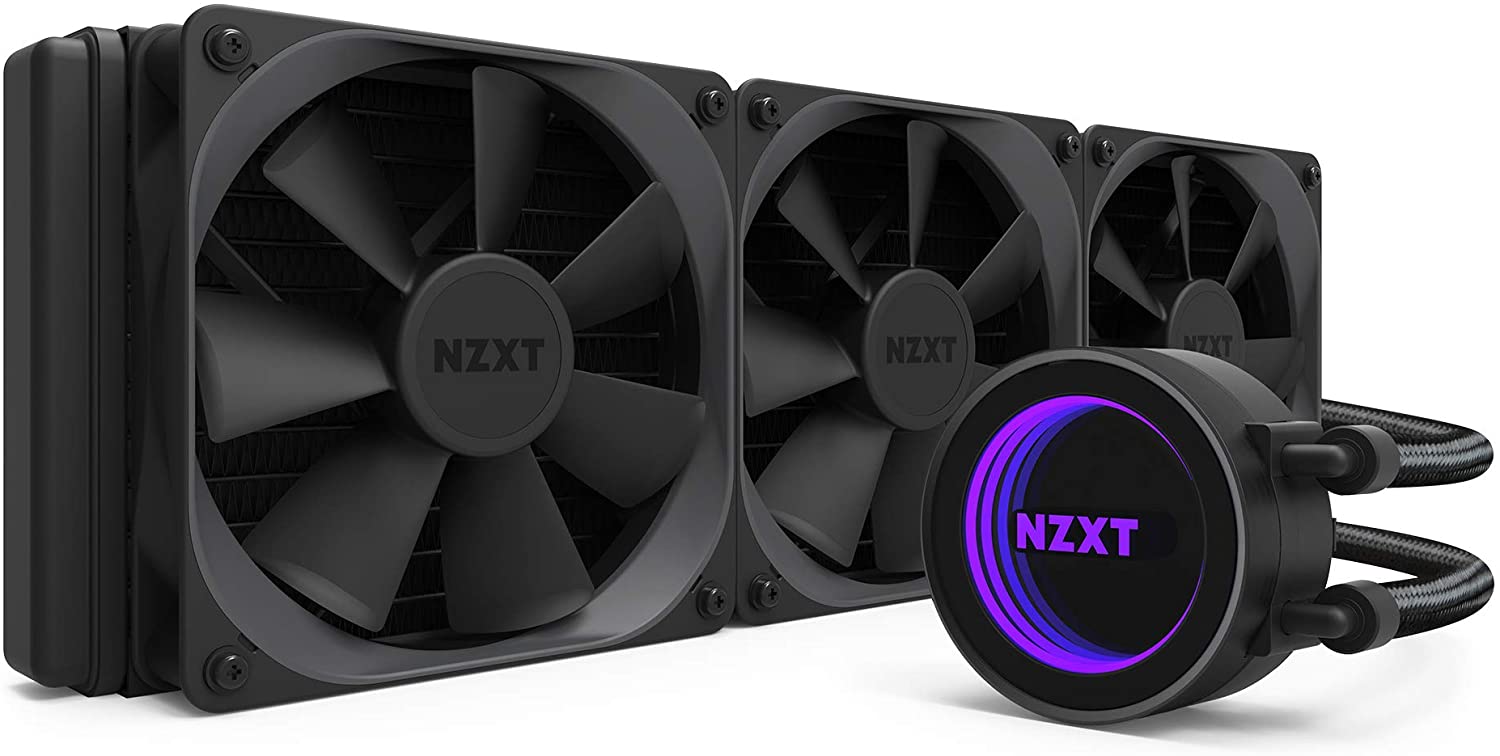Introduction
Welcome to the fascinating world of technology! In today’s fast-paced digital age, computers have become an integral part of our daily lives. From browsing the internet to gaming and even running complex software, computers are the backbone of modern society. However, have you ever wondered how these complex machines function? One vital component that plays a crucial role in a computer’s performance is the CPU socket.
A CPU socket, also known as a processor socket, is a physical component on a computer’s motherboard that allows for the installation and connection of a central processing unit (CPU). This small yet vital part forms the interface between the processor and the motherboard, facilitating the transfer of data and electrical signals.
The CPU socket serves as the anchor for the CPU, ensuring its stability and precise alignment with the motherboard’s circuitry. It provides a secure socket for the processor to be mounted, allowing it to communicate with other hardware components within the computer.
Understanding the purpose and functionality of a CPU socket is crucial, as it directly affects the overall performance and compatibility of a computer system. In this article, we will delve deeper into this essential component and explore the different types of CPU sockets, their compatibility, and considerations for upgrading or replacing them.
What is a CPU Socket?
A CPU socket is a physical component on a computer’s motherboard that serves as the connection point between the motherboard and the central processing unit (CPU). It is essentially a socket or slot where the processor is inserted and secured.
The CPU socket acts as a bridge between the CPU and the motherboard, facilitating the exchange of data, power, and signals. It provides a secure and reliable connection, allowing the processor to communicate with other hardware components within the computer system.
Each CPU socket is designed to be compatible with specific processor models or families. It ensures a proper fit and alignment between the processor and the motherboard, allowing for efficient performance and optimal functionality.
CPU sockets come in various shapes and sizes, depending on the specific processor brand and generation. Each processor manufacturer typically designs and utilizes its own unique socket type. For example, Intel CPUs use sockets such as LGA (Land Grid Array) or PGA (Pin Grid Array), while AMD CPUs use sockets like AM4 or TR4.
Additionally, CPU sockets play a crucial role in determining the capabilities of a computer. Different socket types may support varying numbers of CPU cores, cache sizes, and memory configurations. Therefore, understanding the specific CPU socket of a motherboard is essential when planning to upgrade or replace a processor.
It’s worth noting that CPU sockets undergo frequent updates and changes as new processor technologies are released. This means that a motherboard with an older socket type may not be compatible with the latest processors on the market. Therefore, it’s important to do thorough research and ensure compatibility before purchasing a new processor or motherboard.
Now that we have a basic understanding of what a CPU socket is, let’s delve deeper into the purpose and functionality of this integral component.
The Purpose of a CPU Socket
The CPU socket serves several important purposes in a computer system. Its primary function is to provide a secure connection between the processor and the motherboard. Let’s explore the key purposes of a CPU socket:
- Physical Mounting: The CPU socket acts as a physical anchor, holding the processor securely in place on the motherboard. It ensures proper alignment and contact between the processor’s pins or pads and the socket’s corresponding contacts.
- Electrical Connections: The CPU socket enables electrical connections between the processor and the motherboard. It provides pathways for power delivery, as well as data and command signals between the processor and other components on the motherboard.
- Heat Dissipation: The CPU socket often incorporates features such as heat sinks or heat spreaders to aid in heat dissipation. As the processor generates heat during operation, these components help dissipate it, preventing the CPU from overheating.
- Upgrade Compatibility: CPU sockets also play a crucial role in determining compatibility when upgrading or replacing a processor. Different socket types may have limitations in terms of supported processor generations, power requirements, or other technical specifications. Ensuring compatibility between the CPU socket and the new processor is essential for a successful upgrade.
- Platform Versatility: The CPU socket allows for platform versatility, as different processor generations or families may have varying features and capabilities. Upgrading or changing the processor within the same socket type can offer improved performance, power efficiency, or support for new technologies without the need for a complete system overhaul.
Overall, the CPU socket is a critical component that ensures a stable, efficient, and secure connection between the processor and the motherboard. It enables the seamless exchange of data, power, and signals, allowing the computer system to operate smoothly and perform tasks efficiently.
Types of CPU Sockets
CPU sockets come in various types, each designed to accommodate specific processor models or families. The choice of CPU socket depends on the processor brand, generation, and even the form factor of the motherboard. Here are some of the most common types of CPU sockets:
- LGA (Land Grid Array): LGA sockets are commonly used by Intel processors. In an LGA socket, the processor has an array of flat contacts, or pads, which make contact with the corresponding pins in the socket. This design allows for easier installation and offers better connectivity and durability.
- PGA (Pin Grid Array): PGA sockets were more prevalent in earlier generations of Intel processors. In a PGA socket, the processor has a grid of pins that protrude from its underside and make direct contact with the holes in the socket. While they offer good electrical connectivity, PGA sockets can be more delicate and prone to damage if not handled carefully.
- AM4: The AM4 socket is used by AMD processors, specifically from the Ryzen series. It is an updated socket with an improved pin design, offering better support for high-performance CPUs. The AM4 socket provides compatibility with various AMD Ryzen processors and offers additional features such as support for DDR4 memory.
- TR4: The TR4 socket, also from AMD, is specifically designed for high-end AMD Threadripper processors. It features a larger size and more pins compared to other mainstream sockets. The TR4 socket allows for powerful multi-core processors and supports features such as quad-channel DDR4 memory.
- Socket 1151: The Socket 1151 is commonly used by Intel processors in the mainstream consumer desktop market. It supports several generations of Intel Core processors and offers different variations, such as Socket 1151 v1 and Socket 1151 v2. This socket type provides compatibility with DDR4 memory and offers sufficient performance for most general computing tasks.
It’s important to note that these are just a few examples of CPU socket types, and there are many others available on the market. Additionally, CPU socket types may undergo changes and updates as new processor technologies emerge, so it’s crucial to stay up to date with the latest compatibility requirements.
Understanding the types of CPU sockets helps in determining the appropriate motherboard for a specific processor. Ensuring compatibility between the CPU socket and the chosen processor is vital for a successful and hassle-free build or upgrade.
Compatibility with CPU Sockets
When it comes to CPU sockets, compatibility is a crucial factor to consider. The compatibility between a CPU socket and a processor determines whether they can be used together effectively. Let’s explore the various aspects of compatibility with CPU sockets:
Socket Type: The first and most essential aspect of compatibility is the socket type. Different processor models and families require specific socket types for installation. For example, an Intel Core i7 processor may require an LGA 1151 socket, while an AMD Ryzen processor may require an AM4 socket. Ensuring that the socket type of the motherboard matches the socket type required by the processor is vital for successful compatibility.
Power Requirements: Another factor to consider is the power requirements of the processor. Different processors have varying power consumption levels, and the motherboard must be capable of supplying the appropriate power to the CPU. Checking the motherboard specifications to ensure it can meet the power requirements of the processor is important to ensure compatibility.
Chipset Support: The chipset of a motherboard plays a role in compatibility as well. The chipset acts as a bridge between the CPU and other components on the motherboard, facilitating communication and data transfer. To ensure compatibility, it is crucial to choose a motherboard with a chipset that supports the specific processor’s features and capabilities.
Memory Compatibility: The compatibility of CPU sockets also extends to memory compatibility. Different processor generations and families may have varying memory specifications. It is important to choose a motherboard that supports the specific memory type and configuration required by the processor to ensure seamless operation.
BIOS Compatibility and Updates: Compatibility can also be influenced by BIOS (Basic Input/Output System). The BIOS is responsible for initializing and controlling the hardware components on the motherboard. With new processor releases, manufacturers may release BIOS updates to ensure compatibility. Checking for BIOS updates for the motherboard and installing the latest version can help maintain compatibility with newly released processors.
It’s crucial to thoroughly research and double-check the compatibility between the CPU socket, the processor, and the motherboard. Reading product specifications and compatibility lists provided by manufacturers can help ensure a smooth and hassle-free experience when building or upgrading a computer system.
Upgrading or Replacing a CPU Socket
At some point, you may find the need to upgrade or replace the CPU socket in your computer system. This could be due to various reasons, such as wanting to take advantage of a newer processor with more advanced features or needing to replace a faulty socket. Here are some important considerations when it comes to upgrading or replacing a CPU socket:
Motherboard Compatibility: Upgrading or replacing a CPU socket involves considering motherboard compatibility. Not all motherboards support socket upgrades or replacements, so it’s crucial to research whether your specific motherboard model allows for socket changes. This information is typically available in the motherboard’s documentation or on the manufacturer’s website.
Processor Compatibility: When upgrading or replacing a CPU socket, it’s important to ensure that the new socket is compatible with the processor you intend to use. Different processors require specific socket types, so verify that the new socket supports the desired processor model or family. Additionally, check for any chipset or BIOS requirements for compatibility.
Installation Considerations: Upgrading or replacing a CPU socket involves intricate installation procedures. It requires a thorough understanding of the motherboard’s layout, socket removal techniques, and proper installation of the new socket. It’s important to follow manufacturer guidelines, use recommended tools, and exercise caution to prevent damage to the motherboard or processor.
Data Backup: Upgrading or replacing a CPU socket may require removing and reinstalling components, including the processor. Before performing any hardware changes, it’s highly recommended to back up all important data to prevent potential loss or corruption during the process.
Professional Assistance: If you’re unsure about the upgrading or replacing process, or if you’re uncomfortable performing the task yourself, seeking professional assistance is a wise choice. Professional technicians have the knowledge and experience to handle CPU socket upgrades or replacements efficiently and safely, minimizing the risk of damaging expensive components.
It’s important to note that upgrading or replacing a CPU socket is a more advanced task and should be undertaken with caution. Ensure that you have the necessary technical expertise or seek the help of a professional to ensure a successful upgrade or replacement process.
Conclusion
Understanding the role and importance of a CPU socket is essential for anyone looking to build, upgrade, or replace a computer system. The CPU socket serves as the connection point between the processor and the motherboard, providing stability, electrical connectivity, and compatibility.
We explored the different types of CPU sockets, such as LGA, PGA, AM4, TR4, or Socket 1151, each designed to accommodate specific processor models and families. Compatibility is a vital factor when it comes to CPU sockets, and ensuring the correct socket type, power requirements, chipset support, and memory compatibility is crucial for optimal performance.
Furthermore, if you find the need to upgrade or replace a CPU socket, it’s important to consider factors like motherboard compatibility, processor compatibility, installation procedures, data backup, and the option of seeking professional assistance if needed.
By understanding the purpose and functionality of a CPU socket, and the considerations involved in upgrading or replacing it, you can make informed decisions when building or upgrading your computer system.
Remember, the world of technology is ever-evolving, and CPU socket technology continues to progress. Staying up to date with the latest socket types and compatibility requirements ensures that you are equipped to navigate the dynamic landscape of computer hardware.
So, whether you are a tech enthusiast building your dream gaming rig or a professional upgrading a workstation, make sure to choose the right CPU socket for your needs and keep exploring the exciting possibilities that technology has to offer.







